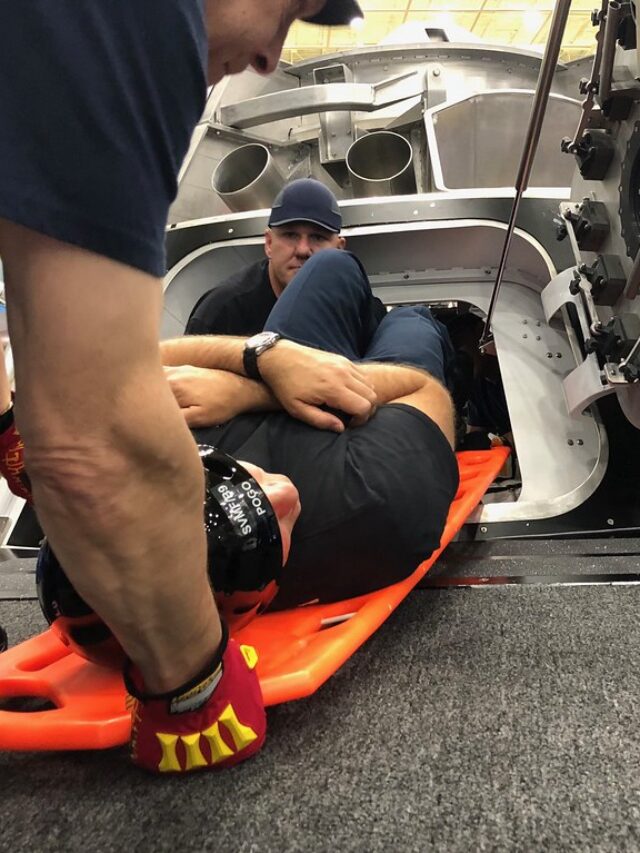
Confined Space Entry Procedure | Download PPT
Introduction to Confined Spaces
Confined spaces are areas that are not intended for continuous occupancy and have limited means of entry or exit. These spaces may include tanks, vessels, sewers, tunnels, and pipelines. Understanding how to safely enter and work in confined spaces is crucial to preventing accidents and injuries.
Understanding Confined Space Entry
Confined spaces can vary widely in size and shape, but they all share one common characteristic: limited access. There are two main types of confined spaces: non-permit required and permit-required. Non-permit required confined spaces do not contain hazards that could potentially harm workers. However, permit-required confined spaces pose significant risks to workers and require special precautions before entry.
Confined Space Entry Procedure Overview
The confined space entry procedure involves several key steps to ensure the safety of workers. It begins with pre-entry preparation, including risk assessment and obtaining necessary permits. Entry procedures involve measures such as ventilation, monitoring the atmosphere for hazardous gases, and establishing communication and rescue plans. An emergency response plan must also be in place to address any unforeseen situations.
Pre-entry Preparation
Before entering a confined space, a thorough risk assessment must be conducted to identify potential hazards. This assessment will determine the level of risk associated with the entry and what control measures are necessary to mitigate those risks. A permit to work system should be implemented to ensure that only authorized personnel enter confined spaces and that all necessary precautions are taken. Workers must also receive adequate training on confined space entry procedures and be equipped with the appropriate personal protective equipment (PPE).
Entry Procedures
Once the pre-entry preparations are complete, entry into the confined space can proceed. Ventilation is often the first step to ensure that the atmosphere inside the space is safe to breathe. Continuous monitoring of the atmosphere for oxygen levels, flammable gases, and toxic substances is essential throughout the entry process. Communication between workers inside and outside the confined space is critical, as is having a well-defined rescue plan in case of an emergency.
Emergency Response Plan
Despite careful planning and preparation, emergencies can still occur during confined space entry. It is essential to identify potential emergency scenarios and develop a response plan to address them. This plan should outline the steps to take in the event of an emergency, including procedures for evacuating the confined space and providing medical assistance to injured workers.
Common Mistakes and Hazards to Avoid
Some common mistakes that can lead to accidents in confined spaces include inadequate training, improper ventilation, and ignoring warning signs of potential hazards. It is essential to address these issues and ensure that all workers involved in confined space entry are properly trained and equipped to do their jobs safely.
Regulatory Compliance
Various regulations and standards govern confined space entry procedures, including those set forth by the Occupational Safety and Health Administration (OSHA) in the United States and international standards such as ISO 14520. Companies must ensure that they are in compliance with these regulations to protect the safety and well-being of their workers.
Continuous Improvement
Confined space entry procedures should be regularly reviewed and updated to incorporate any new developments or lessons learned from past experiences. Training programs should be ongoing to ensure that workers are up-to-date on the latest procedures and best practices for working safely in confined spaces.
Work Permit Receiver in Saudi Aramco | Download PPT
Management Information System (MIS) | Download PPT
Documents Required for Permit To Work (PTW) | Download PPT
How to Become a Saudi Aramco Approved Safety Officer/Safety Engineer | Download PPT
Top 10 Construction Safety Interview Questions and Answers for Safety Officers | Download PPT
Conclusion
In conclusion, confined space entry procedures are essential for ensuring the safety of workers who must enter and work in confined spaces. By following proper procedures, conducting thorough risk assessments, and providing adequate training and equipment, companies can minimize the risks associated with confined space entry and prevent accidents and injuries.
FAQs
- Why is confined space entry dangerous? Confined spaces often contain hazardous atmospheres, limited access, and potential for entrapment, making them inherently dangerous for workers.
- What is a permit-required confined space? A permit-required confined space is one that contains or has the potential to contain a hazardous atmosphere, among other hazards, and requires special precautions for entry.
- How can employers ensure the safety of workers in confined spaces? Employers can ensure safety by conducting thorough risk assessments, providing comprehensive training, implementing proper ventilation, and establishing effective communication and rescue plans.
- What are some common hazards found in confined spaces? Common hazards include toxic gases, lack of oxygen, flammable atmospheres, engulfment, and mechanical hazards such as moving parts or falling objects.
- What should workers do if they encounter an emergency while inside a confined space? Workers should immediately exit the confined space if it is safe to do so and follow the emergency response plan established by their employer. If unable to exit, they should communicate with the outside team and await rescue.

























Thanks sir